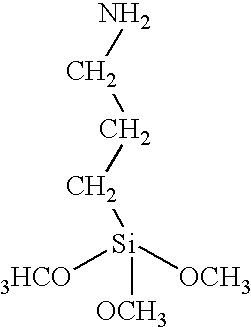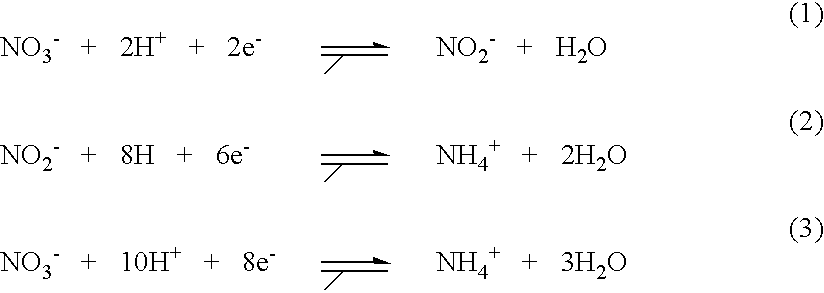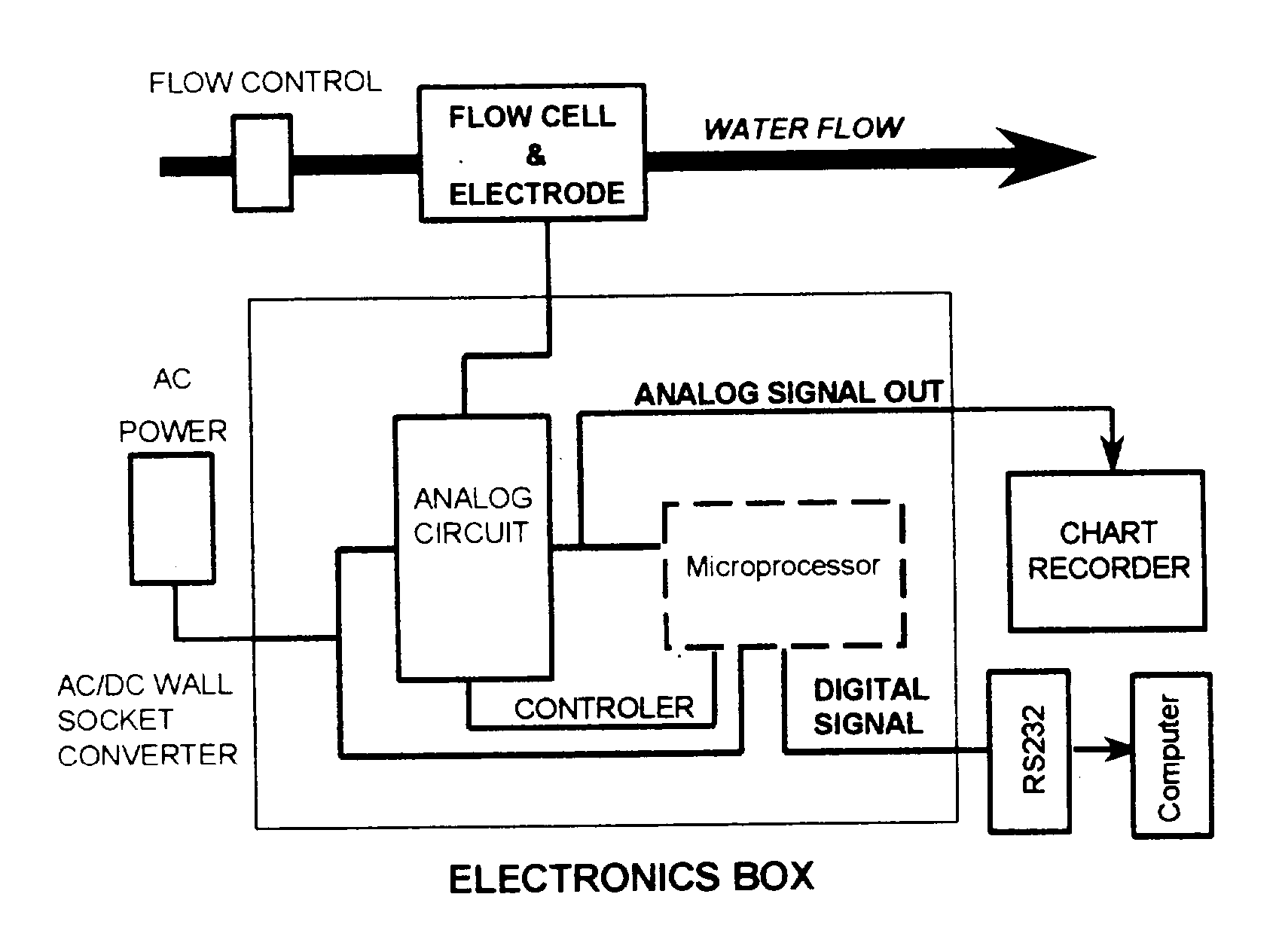Amperometric sensors using synthetic substrates based on modeled active-site chemistry
a technology of active-site chemistry and amperometric sensors, which is applied in the field of amperometric sensors using synthetic substrates based on modeled active-site chemistry, can solve the problems of affecting the delivery of oxygen to the infant, and affecting the delivery of oxygen to the baby, etc., to achieve the effect of simple and flexible formats, long-term stability, and convenient us
- Summary
- Abstract
- Description
- Claims
- Application Information
AI Technical Summary
Benefits of technology
Problems solved by technology
Method used
Image
Examples
Embodiment Construction
or Formats
[0161] It is appreciated that the device of the invention finds a broad range of embodiments, each supporting a specific need in the field. Irrespective of the format, the basic sensor device of the invention is composed of two major components: 1) a housing with flow-through system and necessary electronics and power supplies, and 2) a replaceable cartridge 11 that will contain the device, which is composed of synthetic sensing elements disposed on the dot electrode 36. A data logger in the electronics section will use a standard IC chip. The data could be downloaded directly via an RS232 connector to a PC, or a transmitter can be supplied which will allow for remote polling of the device. Summaries of preferred embodiments of device formats and their applications are listed in FIGS. 29 and 30.
[0162] Further details concerning dimensions of preferred embodiment examples are listed in FIG. 31. FIG. 31, in particular, highlights the flexibility and extensive range of sizes ...
PUM
| Property | Measurement | Unit |
|---|---|---|
| Thickness | aaaaa | aaaaa |
| Thickness | aaaaa | aaaaa |
| Mass | aaaaa | aaaaa |
Abstract
Description
Claims
Application Information
 Login to View More
Login to View More - R&D
- Intellectual Property
- Life Sciences
- Materials
- Tech Scout
- Unparalleled Data Quality
- Higher Quality Content
- 60% Fewer Hallucinations
Browse by: Latest US Patents, China's latest patents, Technical Efficacy Thesaurus, Application Domain, Technology Topic, Popular Technical Reports.
© 2025 PatSnap. All rights reserved.Legal|Privacy policy|Modern Slavery Act Transparency Statement|Sitemap|About US| Contact US: help@patsnap.com



